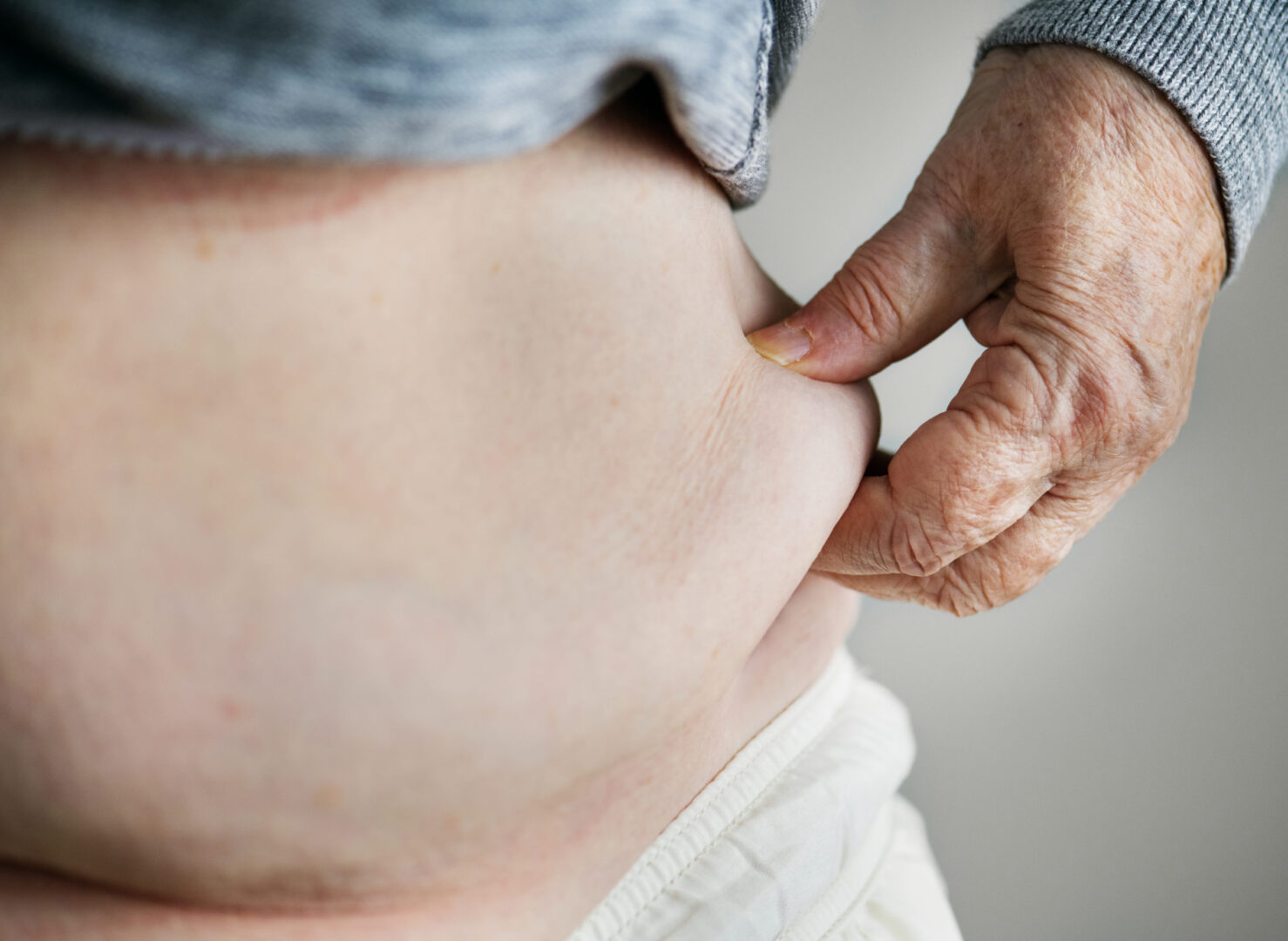Learning objectives
- Describe the perioperative complications associated with smoking
- Manage smoking patients scheduled for anesthesia
Background
- Cigarette smoking is one of the primary causes of preventable illness and premature death
- Quitting smoking before surgery leads to a reduced incidence of postoperative complications
- The longer the period of cessation before surgery, the greater the benefit
Perioperative complications associated with smoking
- There is a clear dose-response relationship between the amount smoked and perioperative morbidity
- Possible complications:
| Intraoperative | Reintubation after planned extubation |
| Laryngospasm | |
| Bronchospasm | |
| Aspiration | |
| Hypoventilation and hypoxemia | |
| Pulmonary edema |
|
| Postoperative | Increased mortality |
| Pneumonia |
|
| Unplanned intubation | |
| Mechanical ventilation | |
| Cardiac arrest | |
| Myocardial infarction | |
| Stroke | |
| Superficial wound infection | |
| Deep wound infection | |
| Organ space infection | |
| Septic shock |
Management
- Education regarding the benefits of pre-operative smoking cessation when possible
- Ideally, smoking is stopped 8 weeks before surgery
- Stop smoking 24h before surgery to negate the effects of nicotine and COHb
- Effects of smoking cessation:
- Symptoms of cough and wheeze decrease within weeks
- Mucociliary clearance starts to improve after a week
- Lung inflammation takes much longer to subside
- Goblet cell hyperplasia regresses and alveolar macrophages decrease
- Decrease in all-cause mortality in patients with coronary artery disease by approximately 33%
- Risk of coronary heart disease and cerebrovascular disease approaches the risk of never-smokers within 10-15 years
- Guidance
- Patients who smoke are more likely to quit if they are offered a combination of interventions
- Ask and record smoking history (pack-years)
- Advise that the most effective way to quit is with a combination of medication and specialist support
- Pharmacological aid
- Nicotine replacement therapy (patches, lozenges, chewing gum, or nasal sprays.)
- Oral bupropion
- Oral varenicline
Suggested reading
- Carrick MA, Robson JM, Thomas C. Smoking and anaesthesia. BJA Educ. 2019;19(1):1-6.
We would love to hear from you. If you should detect any errors, email us customerservice@nysora.com







